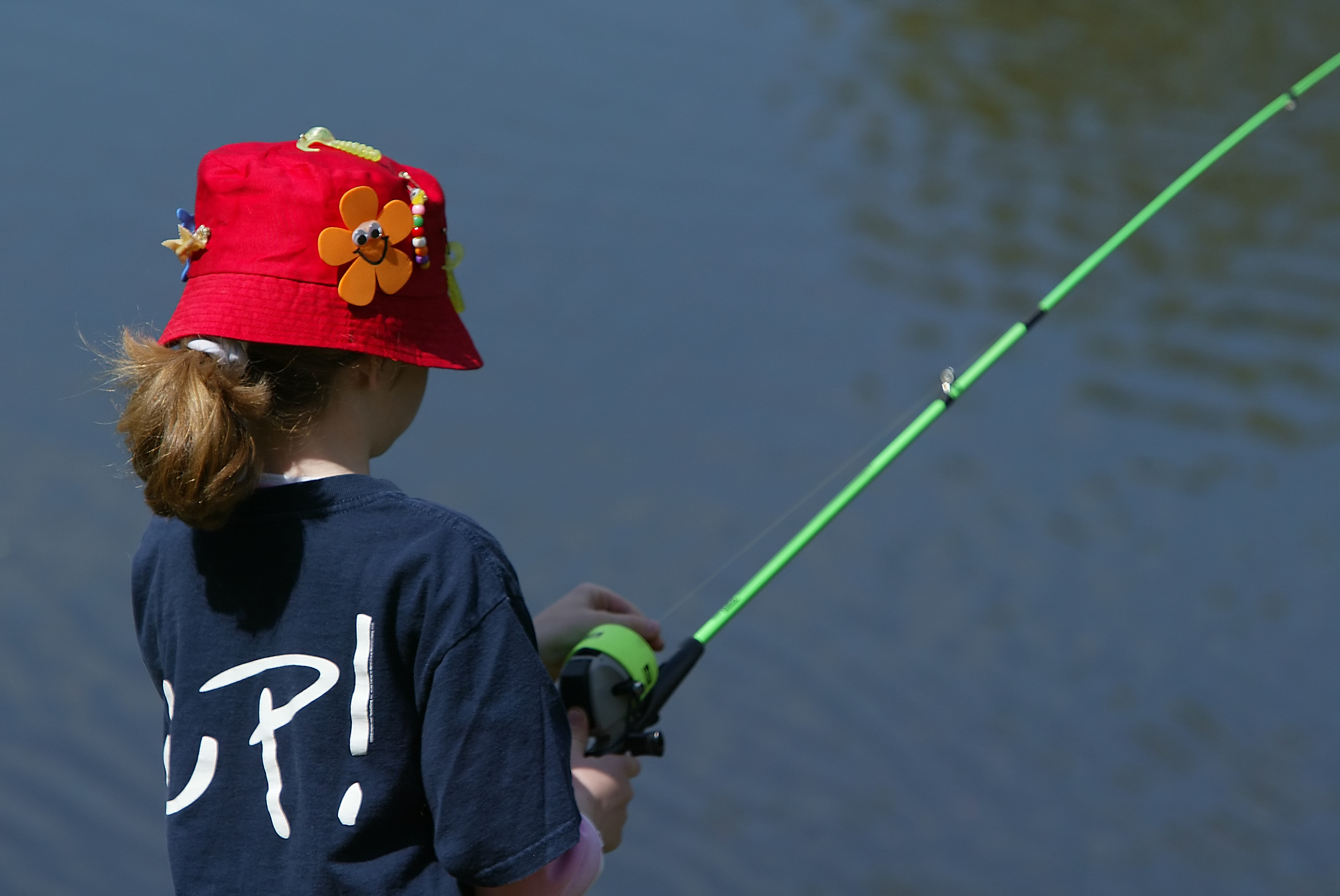Bulletin News

06/01/2012
Summer is a traditional time for rest, recreation and relaxation.
But for hundreds of thousands of New Yorkers with disabilities, going out to play is not a simple decision.
Parks, campgrounds, shopping malls, bowling alleys museums and other recreational facilities all have different levels of accessibility. They may, or may not, offer a wide range of services that make it easier for people with disabilities to enjoy themselves.
Helping recreational destinations become more accessible, and empowering disabled people with information about how accommodating New York recreational areas are to people with special needs are central missions of the Inclusive Recreation Resource Center (IRRC) at SUNY Cortland.
The goal is simple, says Lynn Anderson, the center’s founder and a SUNY distinguished service professor of recreation, parks and leisure studies at the College. “It’s to help all people play wherever they choose.”
Whether a person is planning a summer fishing trip in the Catskills or a winter ski getaway in the Adirondacks, the IRRC is available year-round to help people learn more about recreation facilities across New York state. Funded by the New York State Developmental Disabilities Planning Council (DDPC), the center is especially helpful for people with disabilities and their families.
The IRRC’s recreation referral service, for example, offers an individualized recreation recommendation for people who may have difficulty with gaining access to buildings or parks due to a disability. And the center’s online recreation database — arguably its most impressive tool — provides detailed recreation inclusion information about hundreds of facilities across the state, from parks to museums to baseball stadiums.
The database includes basic information, such as parking availability, but goes further to include the width of restroom doors, the slope of accessible ramps and many other facility features of interest to individuals with disabilities and their families.
“It’s a great tool to use,” said Frances Pizzola ’86, M.S.Ed. ’91, the community education coordinator at Access to Independence, a Cortland County disability organization that, among its many services, ensures facilities are compliant with the Americans with Disabilities Act of 1990. “The IRRC basically tells people: ‘This is what’s accessible at this point.’”
Launched in 2006, the IRRC in its first year developed an inclusivity assessment tool, used to track a facility’s accessibility for people with disabilities. It also created the first version of Inclusion U, a training program that teaches best practices related to inclusion. Inclusion U produces certified assessors who compile descriptive information about recreation sites across New York state.
Since 2009, SUNY Cortland has developed partnerships with eight other colleges statewide by incorporating Inclusion U into their recreation degree programs.
“The goal is to have every college student entering the parks and recreation field as a certified inclusivity assessor, ready to promote accessibility and inclusion in their parks, community centers, sports programs, gyms and the like,” Anderson said.
Pizzola, who uses a wheelchair, has performed assessments locally. So has Karina Murphy M.S. ’97, an instructor at Tompkins Cortland Community College (TC3) and the owner of the Blue Frog Café and Music Club. Murphy tackled the IRCC training with her students this fall and she has since participated in assessments of Cass Park in Ithaca, N.Y., and the George Eastman House: International Museum of Photography and Film in Rochester, N.Y.
“This is a concrete, hands-on way to make a difference in people’s lives,” said Murphy, who teaches a course related to diversity at TC3. “A lot of times, classes involve a lot of talking. This really gave us something to sink our teeth into.”
Murphy noted that the purpose of each assessment isn’t to grade a facility, but simply to review it from the perspective of a person with a disability.
“It’s not a judgment,” she said. “It’s objective. We’re not saying: ‘This is a good place or this is a bad place and you’re going to get a grade.’ We’re providing a resource that tells people what to expect, so that they know where a bathroom is, if they’re going to be able to maneuver in it or if there are any floors that are inaccessible.”
In its six years of existence, the IRRC has grown to include a full-time project coordinator, several graduate assistants and an AmeriCorps member. It has built working partnerships with many statewide offices, including the Department of Environmental Conservation and the New York State Recreation and Park Society.
The center also has added new training efforts, including Recreation Inclusion Tips and Tools, a half-day session developed with the Office for People with Developmental Disabilities for those who work firsthand with people with disabilities, such as Medicaid service coordinators or case managers.
Recently, the DDPC, which helps fund the center, announced that it will honor the IRRC in the 2012 Forging Pathways Grantee Recognition Program on Thursday, May 31.
“The IRRC has grown from an idea to a thriving center,” Anderson said.
More than 1,000 certified inclusivity assessors have graduated from Inclusion U and organizers are working to develop a web-based version of the training to reach a wider audience.
“The database will become more populated, more automated and, hopefully, more useful to those who need it most,” Anderson said.
There’s also a plan to take SUNY Cortland’s project global, Anderson said. This summer, Anderson and Vicki Wilkins, a SUNY Cortland professor of recreation, parks and leisure studies, will travel to Belize to work with Belize Zoo staff on accessibility. SUNY Cortland students would then travel to the country in Central America during the fall and winter to implement inclusive measures at the zoo.

